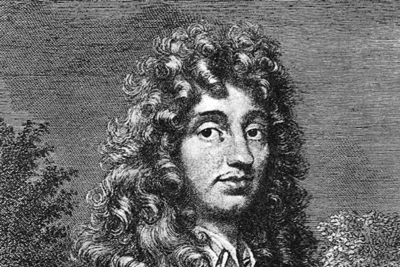 Christiaan Huygens made a remarkable difference in Astronomy and Physics, but who is he? He is the son of Constantin Huygens and Suzanna van Baerle and was born on April 14, 1629 in The Hague, Netherlands. Having a dad who had a number of contacts and networks had exposed Christiaan to influences of Descartes, one of the famous mathematicians. He studied at the University of Leiden and took up Law and Mathematics; however he earned a degree at the College of Orange.
Christiaan Huygens made a remarkable difference in Astronomy and Physics, but who is he? He is the son of Constantin Huygens and Suzanna van Baerle and was born on April 14, 1629 in The Hague, Netherlands. Having a dad who had a number of contacts and networks had exposed Christiaan to influences of Descartes, one of the famous mathematicians. He studied at the University of Leiden and took up Law and Mathematics; however he earned a degree at the College of Orange.
Christiaan Huygens became known due to his contributions such as the Wave Theory of Light, which was based on Robert Hooke?s suggestions and had three theories that explain the mechanics of light. In the later year, Isaac Newton provided a different explanation. He also explained something about Momentum that contributed to Mechanics. In Astronomy, on the other hand, he was recognized for discovering Titan, Saturn?s largest Moon. He also observed the Orion Nebula, which he subdivided into different stars using his modern telescope. The region that appears brighter than other regions was named after him, calling it Huygens Region.
The transit of Mercury over the Sun was also observed along with astronomers. Moreover, he improved the telescope lenses in 1654, which helped resolve astronomical disputes. Another is his invention of the Pendulum Clock and watches. In 1675, he focused on the creation of balance wheel and spring assembly, which can now be found in wristwatches. Notably, the first watch that was motion-regulated by a balance spring was made in Paris under Christiaan?s direction and served as a gift to King Louis XIV of France.
In 1680 marked the discovery of internal combustion engine that is fuelled by gunpowder. Sometime in 1681, on the other hand, he returned to Holland due to the prejudice of French Catholics towards his inventions. In there, he took the opportunity to construct enormous lenses, which was placed at the Royal Society of London. It was also at this time that he discovered the achromatic eye-piece telescope.
Moreover, Christiaan Huygens? writings include Horologium Oscillatorium in 1673 and Cosmotheoros or Conjectures Concerning the Planetary Worlds, in which he discussed the existence of extraterrestrial life and was published prior to his death on July 8, 1695.
